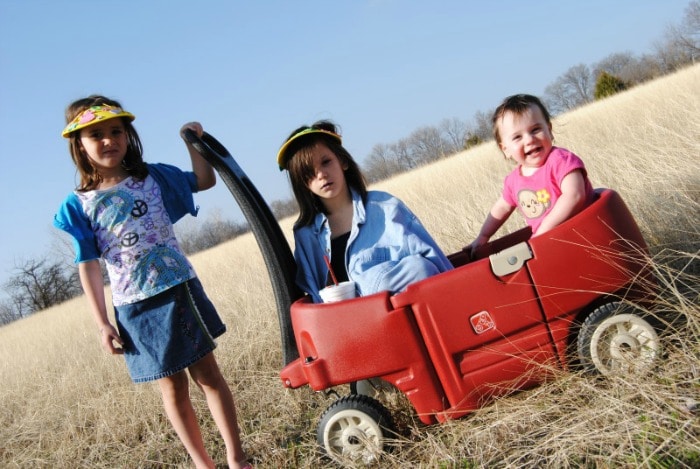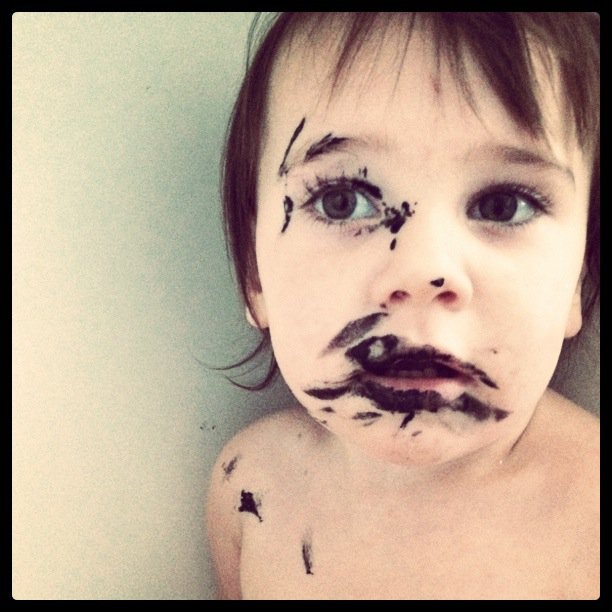Most children experience anxiety at some point. For some children, it is a common occurrence and can impact daily life. As a father, I feel helpless sometimes when any of my children are anxious. All I want to do is make them feel better and let them know they are safe. Here are a few Phrases to Calm an Anxious Child and do seem to help.
Activities and Phrases to Calm an Anxious Child
1. Assure them that “Mommy and Daddy love you and will protect you”.
It is so important for our children to be reassured that they are loved and safe. Anxiety often stems from feelings if fear that they will be forgotten or even physically harmed. This can sometimes come from watching violence on TV.
2. “Let’s sit still and just breathe for one minute”.
Breathing slowly can calm the central nervous system. Sit or lie on the floor next to your child and breathe slowly together. Take one breath in to the count of 4. Hold it for a couple of counts. And, breathe out slowly to the count of 5 or 6. This should slow her heart rate so that she doesn’t feel panicky.
3. “Shall we draw what scares us”?
Children, especially young ones, can’t always find the words to explain what scares them. If it is a “monster”, ask them to draw the monster. Compare your drawings and ask if she has ever really seen one of these creatures. It will reassure her that perhaps her fear doesn’t really exist.
4. Have a list of positive affirmations to repeat.
Keep a list of positive sayings that you and your child can repeat. Keep them simple, such as “I like when the sky is blue and the sun is shining”, “Playing on the swings is so much fun”, or “My favorite ice cream is…..”
5. “What will make you feel safe”?
Even though the fears may not be real, your child needs to feel protected. So, ask her what will help her to feel safe. Is it s hug, or holding your hand? Maybe it is sleeping with a nightlight on.
6. “What things make you happy”?
It is important to continually talk about the joy in your child’s life so that she sees the opposite of what makes her anxious. Balance and good memories are positive reinforcement.
7. “You are so strong”.
Reinforcing strength in a child can help her to feel more empowered and confident. Tell her she is strong and encourage her to repeat, or even yell, the words, “I am strong”.
8. Run it off.
Sometimes just running around can calm an anxious child. Get outside in the fresh air and run around until she is too exhausted to feel anything else. Exercise, in general, is good for anyone with anxiety.
9. “Let’s write a story with a happy ending”.
Take the fear, perhaps the scary thing that your child has drawn, and write a story together about it. Start out with the bad thought or fear and let her be the character that conquers the monster. Make sure the ending has a happy and positive outcome.
10. Find a place to put the worry temporarily.
Make a spot, such as a tall tree or a box with a lock on it. Place the worry high up in the tree or in the box where she can’t see it. This is imaginary, but it can help take her mind off of it for some time.
11. “Remember when you did………”
Remind your child often of the successful things she has accomplished and the fears she has already overcome, like the first day of school, or the first time she went into a swimming pool.
12. Have worry beads or stress balls.
Some cultures have worry beads. There are bracelets with round beads that your child can take off and rub between her fingers. Each bead can represent a worry or bad thought. A stress ball can help to relieve the tension associated with anxiety. Fidgeting with beads or balls can have a calming effect.
13. “Let’s wait for this feeling to go away”.
Sometimes, suggesting that the feeling will go away will put the thought in your child’s head that it really will if she just waits and doesn’t think about it. Sit with her, or hold her. Eventually she will realize that nothing bad is happening.
14. “I am sometimes anxious too”.
Be open with your own feelings about anxiety. Talk to your child about the little things that scare you and how you deal with them. Kids need us to be relatable and empathetic. They want to know that we believe what they are saying they feel.
15. Visualization
A very effective tool is visualizing positive images. Ask your child to close her eyes and imagine a soft, sandy beach with a warm sun, a fuzzy puppy, or children running and laughing. You can also create a visualization board with these positive images on it to actually look at and talk about.


